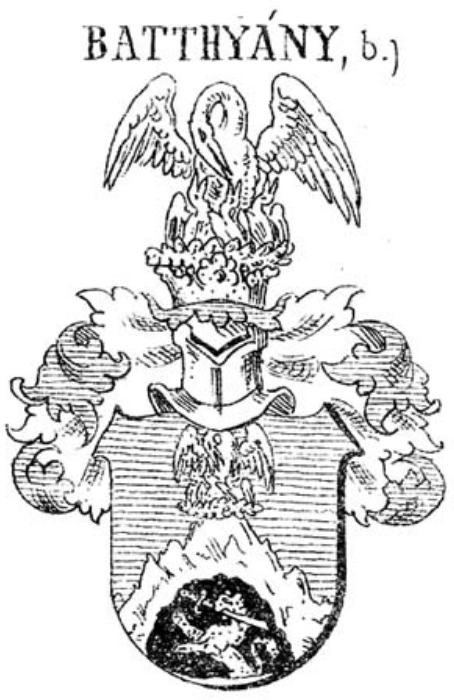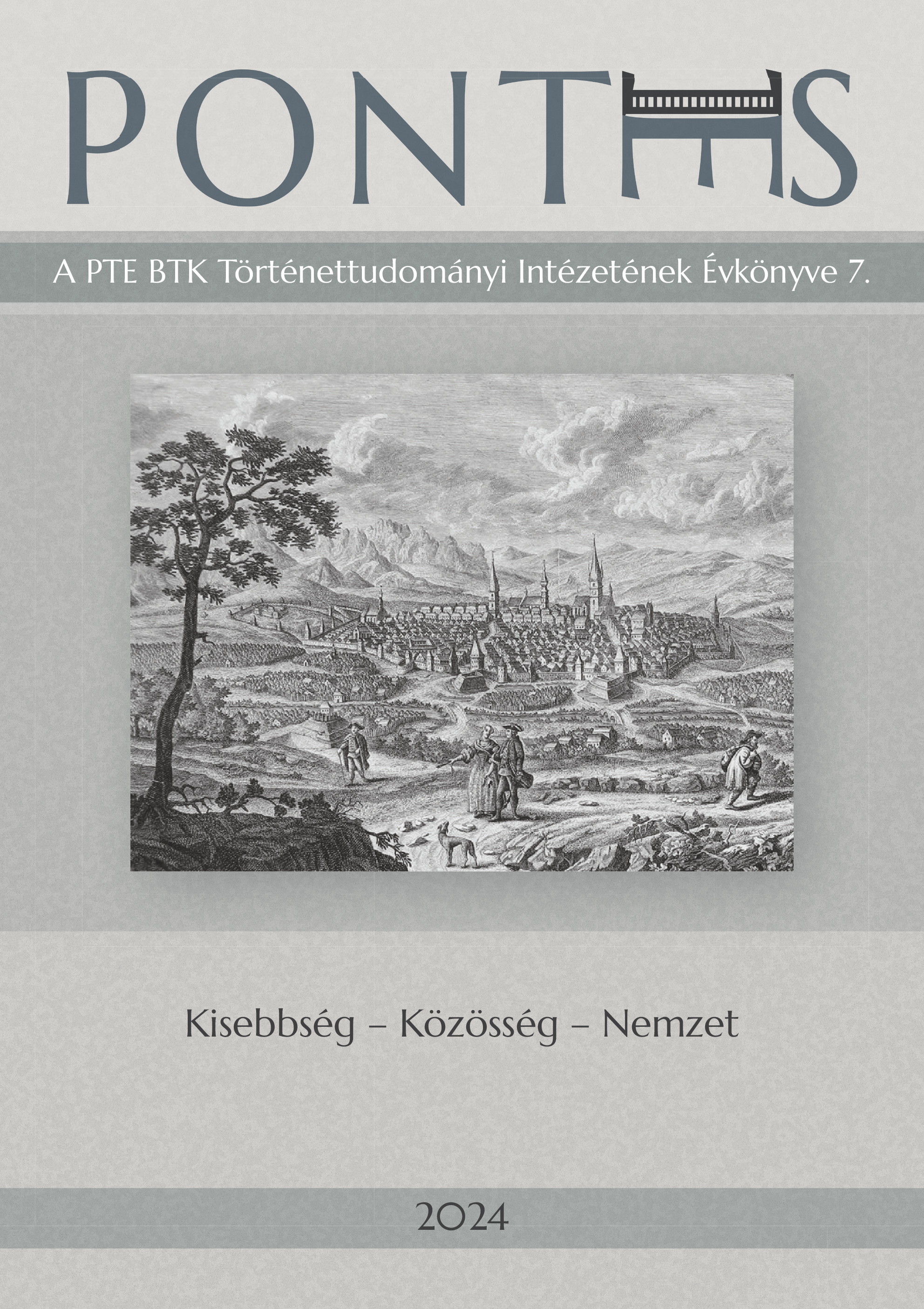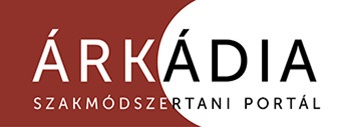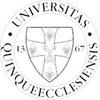Oktatási és érvényesülési stratégiák a Batthyány család grófi ágán a 18. században
DOI:
https://doi.org/10.15170/PONTES.2023.06.01.03Kulcsszavak:
Education, Career Strategies, Count Branch of the Batthyany Family, 18th CenturyAbsztrakt
The focus of this paper is on the count branch of the Batthyány family, in particular Zsigmond (I.) (†1728) and his son Imre (I.) (1707–1774) and their children. Th rough the examples of two early modern fathers, we can gain an insight into the efforts of the representatives of an old aristocratic family, its side branches, to preserve their family’s position within Hungarian aristocratic society. In what follows, I will reconstruct the role of two heads of families in the assertion of their children, and I will focus in particular on the education and career development of their sons. The family’s educational strategy was based on both tradition and innovation, for example, for several generations it was common to attend Jesuit grammar schools near the family estates (Kőszeg, Sopron) and then the University of Graz, but they also tried to follow current trends, for example Zsigmond (I.) sent one of his sons to Parma and one to Salzburg to be educated, and Imre (I.) integrated the ever-expanding institutional system of the Th eresian period into his schooling strategy. Education was an important prerequisite for the careers of family members, and many of them were able to rise to the ranks of the elite, such as Adam (III) (1703/1704–1782), master of the treasury, Imre (I), incumbent of the Styrian inkolat and judge of the Table of Seven, Ignác (1741–1798), bishop of Transylvania, and József György (1737–1806), vice-president of the Court Chamber.

Downloads
Megjelent
Folyóirat szám
Rovat
License

This work is licensed under a Creative Commons Attribution-NonCommercial-NoDerivatives 4.0 International License.














